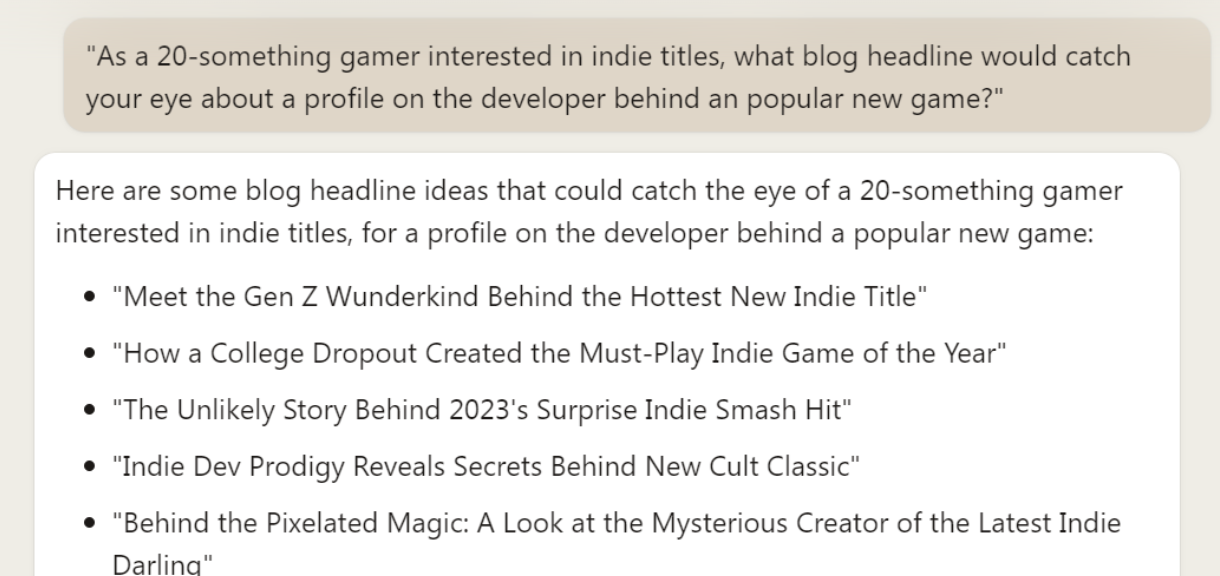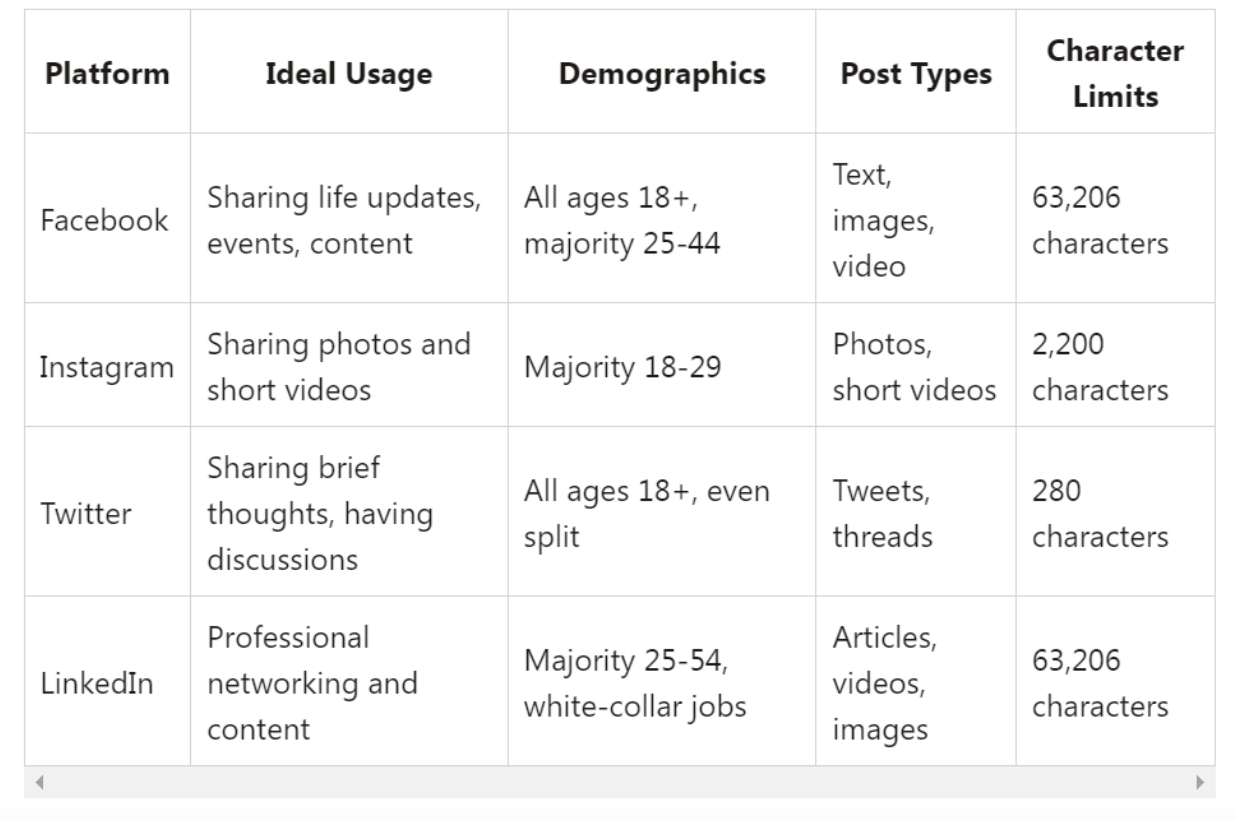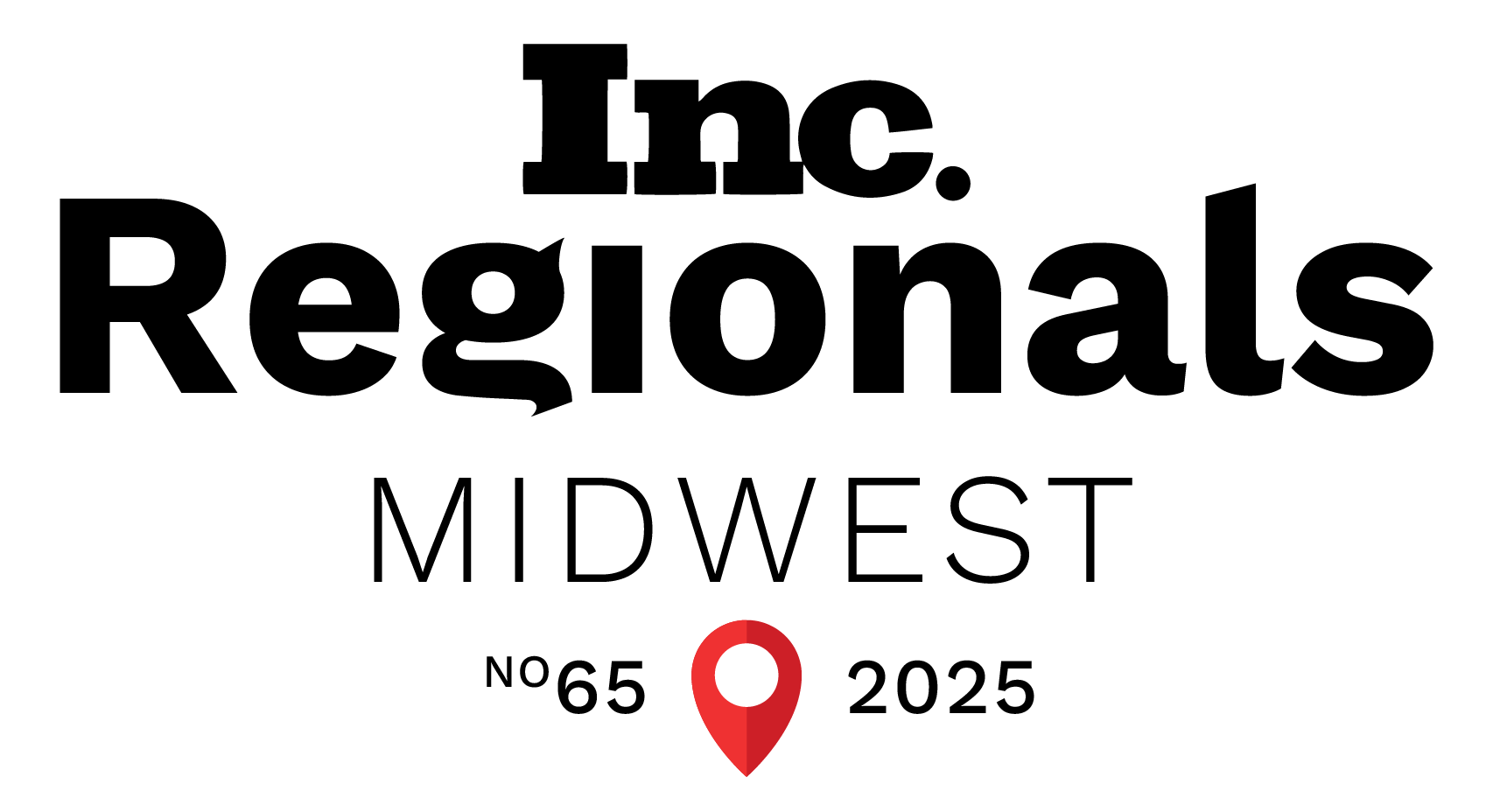12 AI Prompting Techniques for Marketing and Content Creation

In This Article
Artificial intelligence (AI) is changing how many of us approach our work. From drafting emails to brainstorming, it’s infiltrating all aspects of our daily to-do list.
Although conversational AI tools like ChatGPT make generating content appear effortless, their outputs depend on the quality of the prompts they receive. Without thoughtful input, these systems quickly devolve into a “garbage in, garbage out” scenario.
So how do we move beyond cookie-cutter responses into something unique and useful while also improving our efficiency? The answer is prompt engineering.
This article is a primer for anyone working to craft AI prompts that yield helpful outputs. You’ll learn the secret sauce for getting the most out of AI tools like ChatGPT.
What Is Prompt Engineering?
Effective prompt engineering involves strategically structuring your inputs to steer AI systems toward producing relevant, high-quality responses.
Prompts can contain everything from questions and instructions to background statements, data points, and examples. Every bit of information you feed into the AI tool can affect the final output.
Additionally, some of the most accurate, in-depth results often come from prompting the AI assistant with follow-up questions. This approach leads the conversation deeper into your topic area, allowing the AI to build on the previous context.
In the next sections, we’ll explore specific techniques for structuring high-quality, effective prompts and iteratively prompting the AI to produce top-notch AI copywriting.
Technique #1: Provide Context
Unlike humans, AI tools come with no inherent knowledge or common sense. Their responses are completely dependent on the information you provide upfront in the prompt. While systems like ChatGPT can mimic human writing styles and access a trove of online information, they still rely on users to supply the foundational context to generate useful content.
That’s why prompt engineering starts with clear context. Think of it like assigning a blog post to a new writer who knows nothing about your industry or topics. You need to give them a 101 overview to get them up to speed before they can start writing accurately.
Your AI assistant needs the same background briefing in your prompts. Whether you’re writing a blog, email, or social media post, you must establish the key details and direction upfront so the final product can stay aligned with your goals.
Context comes in many forms depending on your specific needs, but frequently includes:
- Summarizing the topic or objective
- Defining important terms and concepts
- Setting relevant timeframes or scenarios
- Explaining constraints like length, tone, or format
- Providing data points, facts, or examples
Technique #2: Split Test
You’ll find endless examples of possible prompts online, but the reality is that there is no single perfect prompt. Wouldn’t that be delightfully easy?
One effective prompt engineering technique is to split test different versions of your prompt. Split testing involves creating multiple phrasings of the same prompt, then comparing the outputs to see which performs best.
This prompting allows you to experiment with different ways of framing your instructions, background context, questions, and examples. Even subtle tweaks to your prompt wording can make a big difference in the relevancy and quality of the AI’s response.
Some ways to split test prompts include:
- Vary the amount of context. Try more concise vs. more detailed background info.
- Change the question phrasing. Switch up the way you pose questions to the AI.
- Add or remove examples. See if including (or excluding) examples improves results.
- Adjust the tone/style. Test if certain language elicits a better tone match.
- Order elements differently. Change context/question sequence.
Analyze the outputs to see which prompt variations produce better content. Look for improvements in accuracy, depth, creativity, tone, and other factors important to your goals.
Technique #3: Go Deeper With Conversations
Unlike a single static prompt, conversing back and forth with an AI assistant through a series of prompts and follow-up questions allows you to go deeper into a topic and extract more value from the interaction.
Treating prompts as an ongoing dialogue helps guide the AI to build on the information it provides through each response. You can incrementally use prompts to lead the conversation into a specialized, nuanced area.
The following example might look a bit familiar. We used Claude.ai for this exercise. However, you can use this approach with other tools like ChatGPT.

The results were a generic outline, so let’s prompt it again.

This time there are some interesting results.

Let’s go deeper still. Notice the use of “comprehensive list” rather than just “list” to indicate the outline should be robust.

Finally, let’s do one more rewrite to see if there is something else we could include. This time we’ll ask the AI to give us a specific number of additional techniques.

Now, we have an outline with unique and interesting ideas. It’s far more effective than asking the AI to simply write a blog. Instead, you’ve started the process by setting a foundation for a focused and specific output.
But the work isn’t complete yet—you’ll need to go through each section of the outline and prompt it to “write the introduction, write the next section, write the next section… etc.” After each output, you might need to ask the AI to elaborate, define, provide examples, or rewrite entirely.
The conversational approach is effective for other tasks as well, like emails, social media posts, and brainstorming.
Technique #4: Leverage Inverse Prompts
Inverse prompts involve framing the prompt from the perspective of the target audience rather than the content creator. For example, asking, “As a busy mother, what headline would grab your attention for this blog post on healthy cooking?”
These prompts are effective because they allow the AI to tap into the target audience’s goals, interests, and preferences.

Technique #5: Utilize a Table
One of the lesser-known capabilities of AI tools like ChatGPT is the ability to sort and organize outputs into tables. Tables can simplify complex information and help you quickly compare options.
Example: “Generate a table comparing the features of social media platforms—Facebook, Instagram, Twitter, and LinkedIn. Include columns for ideal usage, audience demographics, post types, and character limits.”

Technique #6: Cross-Domain Prompts
Cross-domain prompting involves drawing inspiration from an unexpected or unrelated field or industry. For instance, using examples from nature or art to inspire technology marketing headlines.
These prompts will produce unique outputs because they derive new insights and unconventional formulations. The examples or comparisons might be exactly what you need to capture the reader’s attention.
Examples:
- Use cooking or recipe terms like ingredients, flavors, and spices when describing our customizable SaaS offerings.
- Use concepts from mixology and craft cocktails to develop a headline for our software’s customization options.
- Take inspiration from Impressionist painters like Monet to describe this app’s user interface design.
Technique #7: Rewrite for New Segments
Segmentation is one of the most effective strategies to boost email open rates, but customizing content for every target audience requires a significant time investment. However, AI can rapidly generate variations of content customized for different audiences.
For example, you can prompt the AI to: “Rewrite this email for VPs of Marketing at large corporations. Emphasize ROI and results.” The AI will adjust the content to highlight information most relevant to that audience while preserving the core message.
Technique #8: Discover the Tone of Voice
We all know tone of voice distinguishes your brand, but sometimes you can’t easily put your finger on the tone. AI can help you pinpoint your tone by scanning word choice, sentence structure, and language patterns.
There are a few strategies that go beyond just pasting content and asking for the tone:
- Personality detection: Have AI review website text and determine what personality traits are exhibited, like friendly, helpful, professional, playful, etc.
- Emotion analysis: Prompt AI to identify emotions evoked by the website content to determine if the tone is excited, hopeful, or soothing.
- Compare with examples: Provide the AI tool with sample content containing a certain tone (e.g., an informal blog, a corporate site, etc.) and ask how your site’s tone is similar or different.
Technique #9: Draw Out Emotions
Emotional prompts specifically tell the AI to generate headlines and content that evoke certain emotions like excitement, curiosity, amusement, or surprise.
These prompts work well because they result in more impactful, engaging content by directing the AI to focus on emotional word choice, phrasing, and storytelling. Emotional prompts can generate headlines that inform and make audiences feel something strongly enough that it moves them to action.
Example prompt: “Create a headline for a blog post about virtual reality that would make readers feel excited and eager to learn more.”
Potential AI response: “The Reality Explosion: Why VR’s Imminent Takeover Is Closer Than You Think”
Technique #10: Improve Content
While services like Grammarly provide grammar and spelling corrections, AI writing assistants take it a step further. They excel at overall content improvements, such as tightening wording, enhancing readability, clarifying explanations, and adapting tone for different audiences.
Example Prompt #1: “Improve the grammar and sentence structure of this draft blog post while keeping the meaning intact.”
Before: This is a blog post about AI ethics. There are important questions we need to ask about bias. But also lots of potential.
After: This blog post discusses AI ethics. There are important questions we must ask regarding bias. However, there is also tremendous potential.
Example prompt #2: “Rewrite this headline to use active voice.”
Before: The future impacts of AI are considered by leaders
After: How AI Will Shape Our Future—Industry Leaders Weigh In
Technique #11: Give the AI Tool a Persona
You can give AI a persona like a famous person or a job title, but rather than the persona being the target audience, the persona is the voice speaking.
For example: “You are a CEO giving a presentation to your board about your company’s new sustainability initiatives. Summarize the key points in an inspiring and persuasive manner.”
This approach can help you be a better ghostwriter or find more specific tones. You can go further by providing additional examples, like “Here are previous presentations from the CEO. Use these as inspiration for tone, style, and talking points.”
Technique #12: Combine Multiple Approaches
Combining prompting techniques involves blending two or more creative approaches in a single prompt to the AI. Mixing techniques provide diverse stimuli to spur creativity and unique outputs.
Ineffective Prompts
The techniques in this article will help you engineer better prompts, but what makes a prompt ineffective?
The key problem with most prompts is vagueness, and as a result, the outputs are generic. Asking AI to “make this flow better,” “write a catchy headline,” or “make this more interesting,” is ineffective primarily because the prompt is subjective.
After all, what is flow? And how do you define catchy or interesting?
Vague prompts leave too much room for interpretation, and that’s where AI can struggle.
As you start brainstorming possibilities, there is one more trap you might fall into: engineering a complex prompt that exceeds AI’s capabilities. Although AI language models have made significant advancements, they still have limitations in understanding nuanced and intricate requests.
So, it’s a balancing act. You need to prompt with context and give clear instructions—but without overcomplicating it. And if you do have a complex task, we strongly suggest utilizing the conversational technique.
Do You Want More Prompt Ideas?
Are you dreaming of new ways to use AI? We are too, including collecting some helpful prompts for marketers. Whether you’re conducting market research, building sales strategies, or writing social media posts, the Metric team has got you covered.
Our Team Can Help You Leverage AI
Metric Marketing operates at the cutting edge of content marketing. When we go to work for you, we focus on delivering high-quality marketing strategies that leverage the latest tools and trends effectively.
Learn more about our online marketing services and contact us for a free consultation.
Must-read articles
Looking for something else?
There's so much more
Ready to Inquire?














